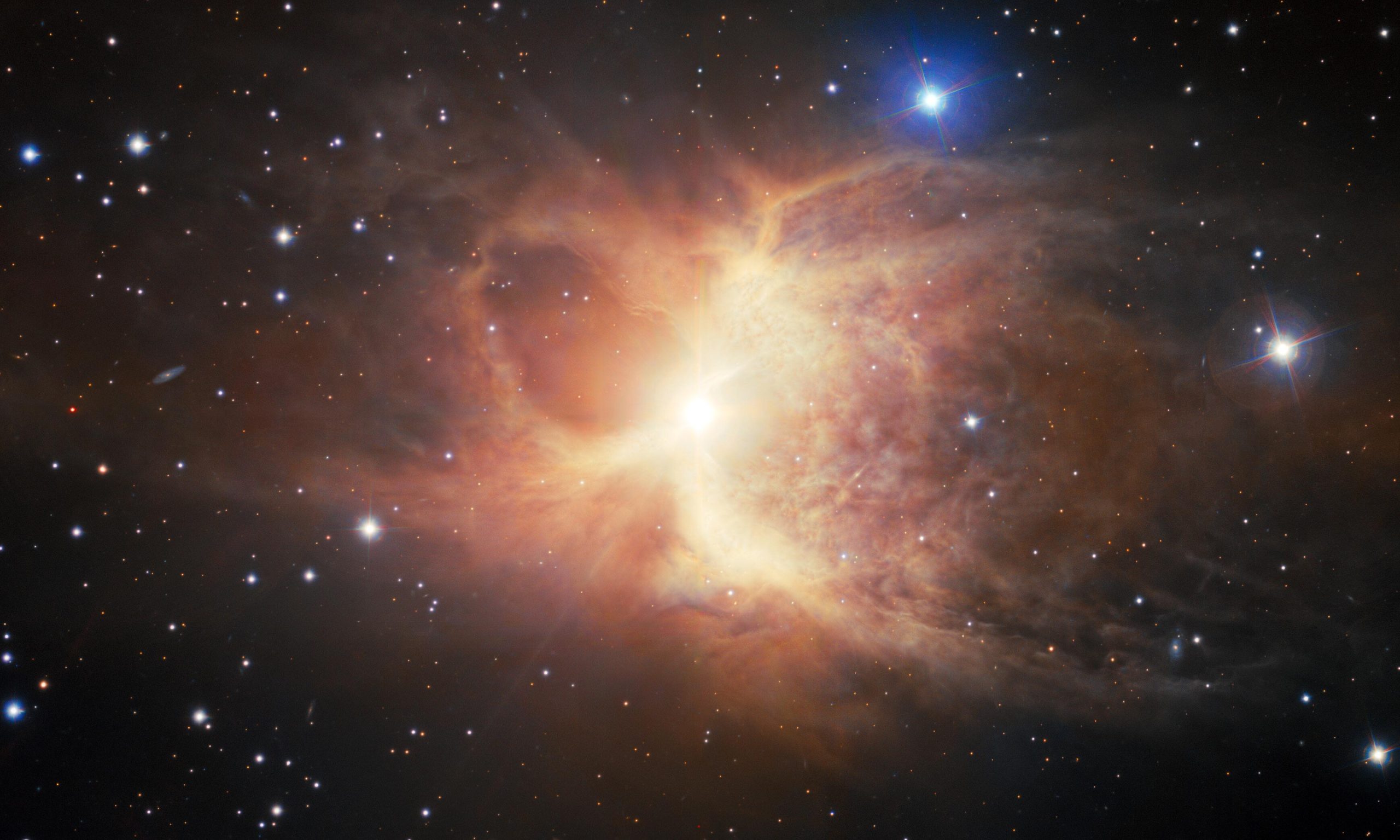The Hubble Space Telescope and GN 04.32.8
The Hubble Space Telescope plays a crucial role in understanding the formation of planets, stars, and galaxies. Recently, it captured an image of a nebula called GN 04.32.8 within the Taurus Molecular Cloud.
What is GN 04.32.8?
According to the European Space Agency (ESA), GN 04.32.8 is classified as a reflection nebula. This type of nebula does not emit its own light; instead, it reflects the light of nearby stars through its clouds of space dust.
Where is it located?
The Taurus Molecular Cloud, where GN 04.32.8 is situated, is in the constellation Taurus, approximately 480 light-years away from Earth. The nebula is illuminated by three young bright stars, with star V1025 Tauri at the center.
Why is it remarkable?
The Taurus Molecular Cloud is renowned as one of the closest and most well-known stellar nurseries. It provides astronomers with an excellent opportunity to study the birth and evolution of stars. In the same image, a newly formed protostar surrounded by a protoplanetary disk can be observed, offering valuable insights into the early universe.
Exploring further
For those interested in learning more about baby stars and the Hubble Space Telescope’s discoveries, astronomers continue to delve deeper into the mysteries of our universe. By studying images like those of GN 04.32.8, we can gain a better understanding of how celestial bodies form and evolve.


